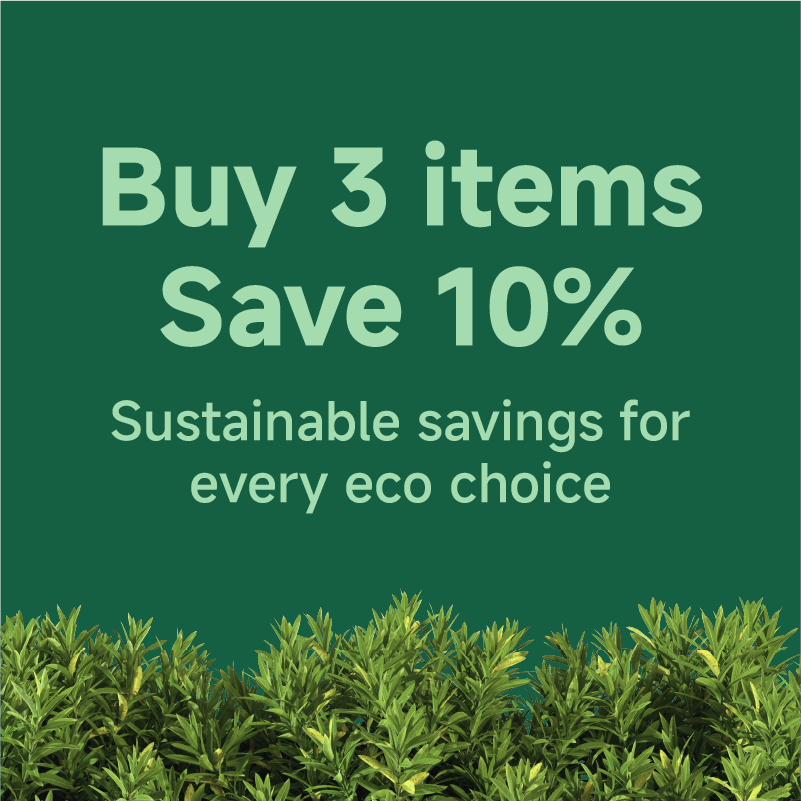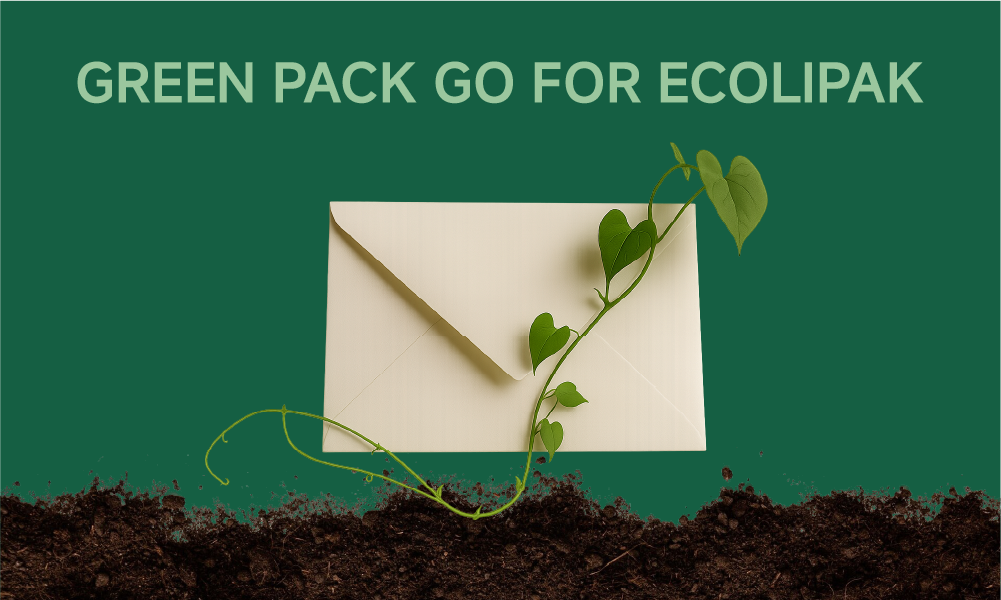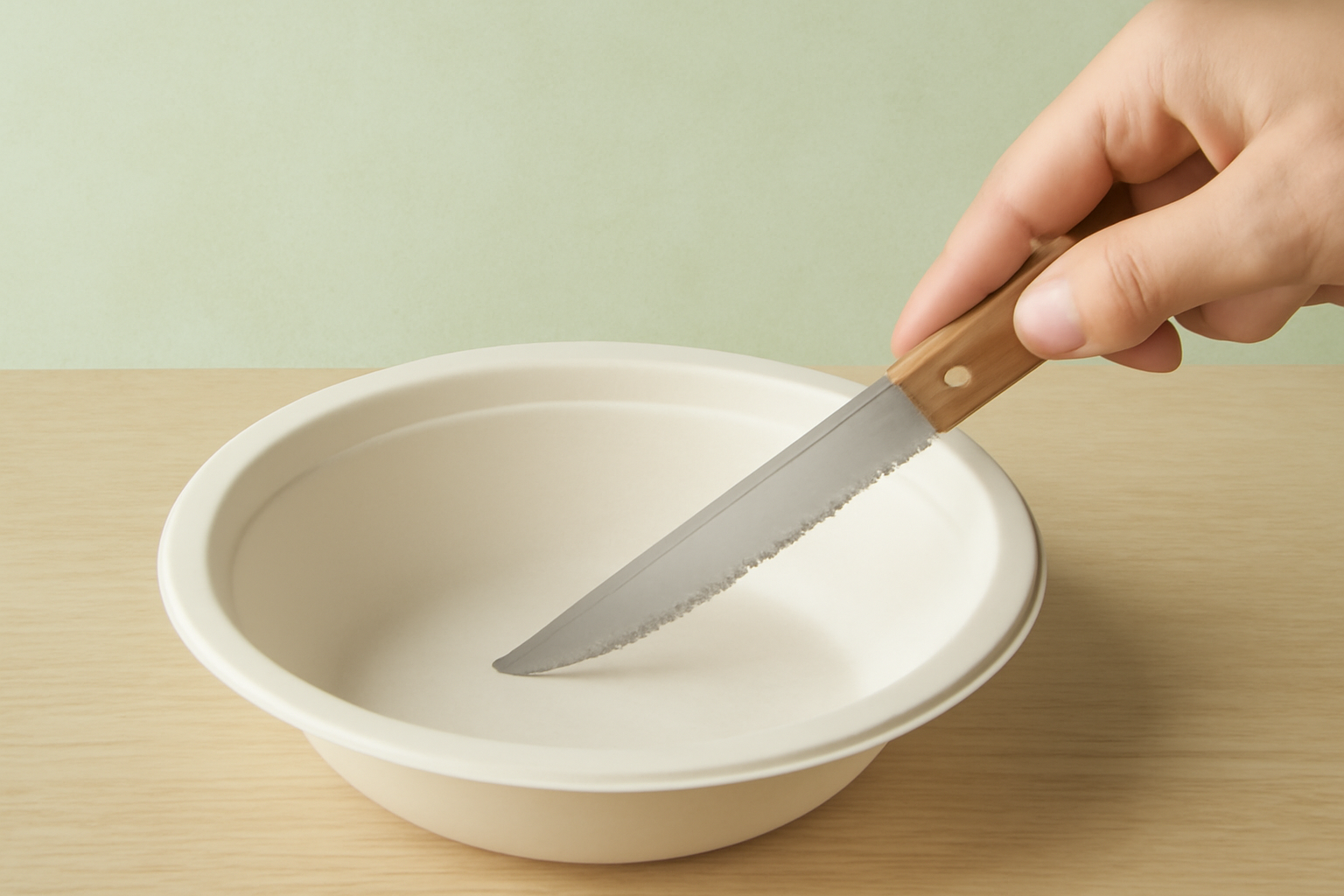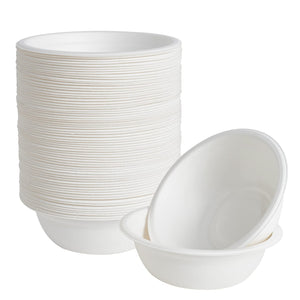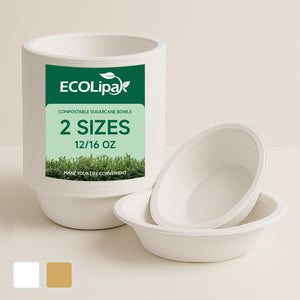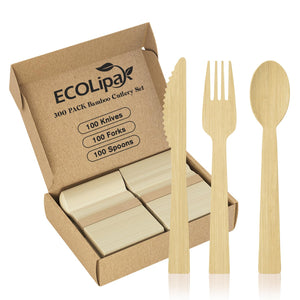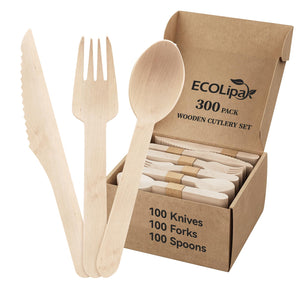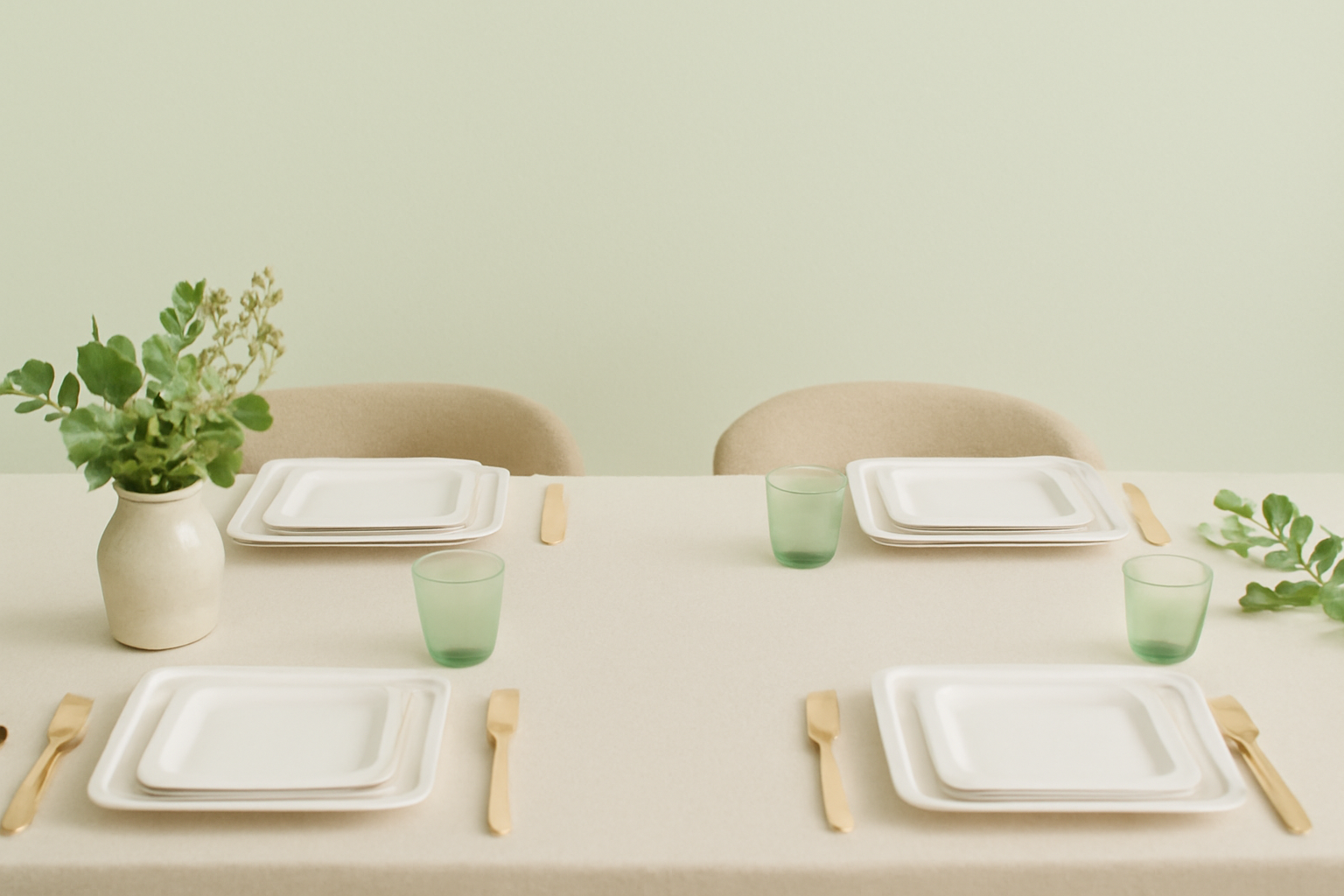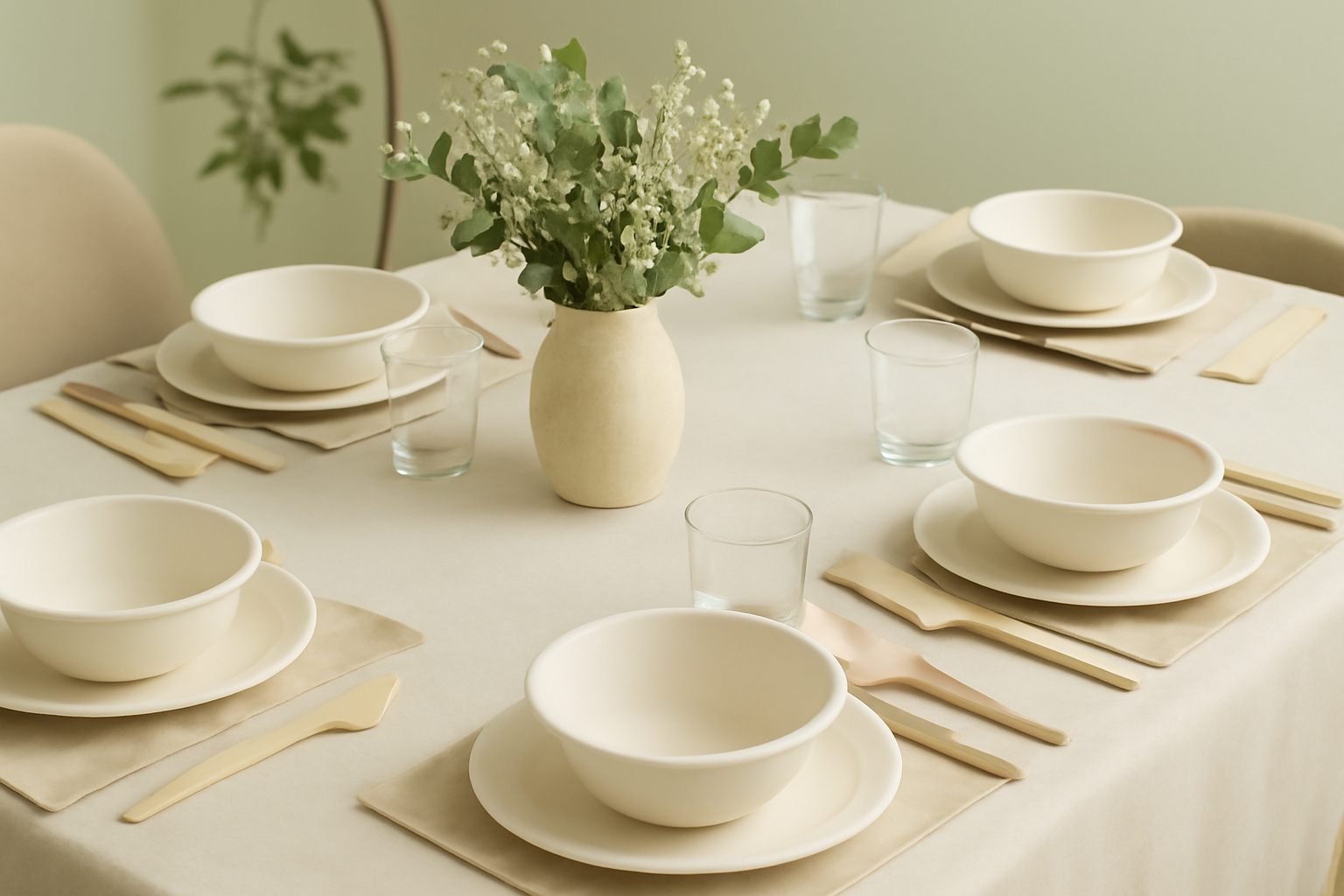Ever wondered if your disposable bowl could survive a battle with a fork and knife? ⚔️ The answer lies in its hidden armor. A specialized polymer lining provides microwave safety. A dense, multi-layered paperboard structure delivers cut resistance. These features make the bowl a piece of everyday engineering.
This dual-capability design is vital for products like 20 ounce paper bowls. They are part of a global disposable tableware market valued at over USD 35.35 million in 2022. In 2023, North America contributed 19% to this market's revenue.
Microwave Safety Explained
A paper bowl’s ability to safely handle microwave heat is not an accident. It is the result of careful material science. The secret lies in a non-visible, high-performance lining that protects both the food and the bowl itself. This engineering ensures the bowl remains stable and safe when heated.
The Protective Polymer Lining
The innermost layer of a microwave-safe paper bowl is a protective polymer lining. This lining is typically made from food-grade polypropylene (PP). Polypropylene has several key properties that make it ideal for this purpose.
-
High Temperature Resistance: PP can withstand temperatures up to 266°F (130°C). This makes it perfect for reheating food in a microwave.
-
Chemical Stability: The material shows excellent resistance to acids and alkaline substances found in food. It does not react with food, preserving its taste.
-
Non-Toxic: As a low-reactive material, polypropylene does not release harmful substances when heated.
This polymer coating creates a physical barrier. It fills the tiny pores in the paperboard structure, forming a continuous, pinhole-free film. This barrier prevents grease, oils, and liquids from soaking into the paper, which would otherwise cause the bowl to become soggy and weak. The U.S. Food and Drug Administration (FDA) regulates these materials under regulation 21 CFR 177.1520. This rule confirms that olefin polymers like polypropylene are safe for articles intended for food contact.
Dangers of Unsafe Materials
Not all disposable containers are created equal. Using the wrong type in a microwave can introduce significant risks. Heat accelerates chemical leaching from packaging into food, posing health concerns.
⚠️ Safety Alert Certain materials should never be placed in a microwave. These include plastics without a microwave-safe label, containers with wax coatings, and some recycled paper products.
Some plastics contain chemicals like phthalates and bisphenols (BPA). When heated, these chemicals can leach into food. Studies show that even some "BPA-free" products can release other chemicals with Estrogenic Activity (EA), which may disrupt the body's hormones.
Other bowls use a wax coating for moisture resistance. This wax can melt at high temperatures. Melted wax may transfer harmful chemicals like toluene or benzene into the food. Ingesting these substances can lead to digestive problems or other health issues. Recycled paper products, such as brown paper bags, sometimes contain small metal fragments or unsafe glues. These metal pieces can create sparks in the microwave, which can ignite the paper and start a fire.
IDENTIFYING SAFE-TO-USE SYMBOLS
Consumers can identify microwave-safe bowls by looking for specific symbols and codes on the product or its packaging. These indicators certify that the manufacturer has designed the product for safe microwave use. When choosing products like 20 ounce paper bowls, checking for these marks is a crucial step.
The most common indicator is the microwave-safe symbol. While there is no single universal standard, most symbols are easy to recognize.
|
Symbol Description |
Meaning |
|---|---|
|
üç wavy lines |
Represents microwave energy and indicates the item is safe for heating. |
|
A microwave oven icon |
A clear visual sign that the product is designed for microwave use. |
|
A dish with waves above it |
Signals the container is safe for reheating food. |
In addition to a graphic symbol, consumers should check the Resin Identification Code. This code is a number inside a triangle of chasing arrows.
Pro Tip: For maximum safety, look for both a microwave-safe symbol and a recognized safe resin code. If a container has neither, transfer the food to a glass or ceramic dish before heating.
Plastics labeled with code #5 signify Polypropylene (PP). This material is strong, heat-resistant, and widely considered safe for food storage and microwaving. Another generally safe option is code #2, which stands for High-Density Polyethylene (HDPE). Both materials are approved by the FDA for food-contact applications and can handle typical microwave temperatures without breaking down or leaching harmful chemicals.
Anatomy of a Cut-Resistant Bowl
A paper bowl’s strength is not a matter of chance. It results from a deliberate engineering process that transforms simple paper into a durable container. The bowl's ability to resist cuts from utensils comes from its physical structure, from the dense paperboard at its core to the reinforced design of its walls and rim.
High-Density Paperboard Base
The foundation of a cut-resistant bowl is its high-density paperboard. Manufacturers choose specific materials to create a strong and rigid base. This paperboard typically has a grammage, or basis weight, of around 300 GSM (grams per square meter). This weight provides the necessary stiffness to prevent a knife from easily slicing through.
The source of this strength lies in the wood pulp used.
-
Solid Bleached Sulfate (SBS): This pulp is known for its superior durability and strength.
-
Unbleached Kraft Pulp (UKP): This material offers an excellent balance of tear and tensile strength.
These virgin wood pulps contain long, interlocking fibers. The manufacturing process presses these fibers tightly together, creating a dense sheet that resists penetration. This robust construction is essential for products like 20 ounce paper bowls, which must hold hearty meals without failing.
How is strength measured? Engineers use standardized tests to quantify paperboard rigidity. The Taber stiffness test (defined by methods like
TAPPI T489andISO 2493) is a common industry practice. This test measures the force required to bend a material, providing a clear number for its structural integrity.
Reinforced Rims and Walls
A bowl's design adds another layer of strength. The walls and rim are not just for holding food; they form a structural support system. The walls are often angled to distribute pressure evenly, preventing them from buckling when a user cuts food inside. The most critical feature, however, is the tightly rolled rim.
Specialized machinery creates this reinforcement in a multi-step process.
-
Rimming and Curling: A machine takes the top edge of the bowl and tightly rolls it outward. This process creates a smooth, rounded rim.
-
Heat Sealing: The curled rim is then heat-sealed. This step bonds the paper layers together, preventing the rim from uncurling or fraying during use.
This curled and sealed rim acts like an I-beam in construction, adding significant rigidity to the entire structure. It prevents the top of the bowl from flexing or tearing. This level of engineering is so important that companies hold patents for their reinforced container designs.
|
Patent ID |
Publication Date |
Title |
Assignee |
|---|---|---|---|
|
US8828170B2 |
2014-09-09 |
Apparatus and method for manufacturing reinforced containers |
Pactiv LLC |
|
US8883237B2 |
2014-11-11 |
Ovenable corrugated paper container |
The Ovenable Paper Pan Company LLc |
The Durable Surface Coating
The final piece of the puzzle is the surface coating. As explained in the microwave safety section, this is a polymer lining, usually made of polypropylene (PP). While its primary job is to provide a moisture and heat barrier, it also contributes to cut resistance.
This smooth, non-porous layer adds a tough "skin" to the paperboard. When a knife presses against the surface, the polymer coating helps distribute the force over a wider area. It prevents the sharp point of the knife from immediately catching on and tearing the paper fibers underneath. This coating works in tandem with the dense paperboard, creating a multi-layered defense system that stands up to the rigors of a fork and knife.
Putting it All Together
A bowl's microwave safety and cut resistance are not separate features. They are two sides of the same coin, created by a unified design. The final product is a testament to how different materials can work together to create a reliable and functional container.
How Safety and Strength Combine
Safety and strength are fused together during manufacturing. The process of thermal lamination bonds the polypropylene lining directly to the high-density paperboard. This creates a single, cohesive material.
How it Works: Advanced lamination technologies use heat to fuse the polymer film to the paper. This ensures a strong bond without compromising the integrity of either material.
The polymer lining acts as the first line of defense. It stops liquids from soaking the paper and provides a slick surface that resists knife scores. The dense paperboard underneath provides the structural backbone. It prevents the knife from puncturing through, even when the user applies pressure. This combination ensures the bowl remains rigid and leak-proof from the microwave to the dinner table.
Performance in 20 ounce Paper Bowls
The performance of these features is especially important in larger containers. For example, 20 ounce paper bowls must hold substantial meals without failing. Key performance factors include:
-
Durability and Strength: Reinforced construction prevents the bowl from bending or collapsing under the weight of heavy foods like stews or pasta.
-
Temperature Retention: A quality coating and dense paperboard help maintain the food's temperature, whether hot or cold.
The type of coating also impacts performance. A double PE coating offers great strength for cold foods, while a PLA coating provides a biodegradable option. These choices allow manufacturers to tailor 20 ounce paper bowls for specific uses.
A Buyer's Checklist
Consumers can make informed choices by looking for key indicators on packaging. This checklist helps identify a high-quality, durable, and safe product.
What to Look For:
-
Durable Design: Check for terms like "reinforced construction" or "heavy-duty."
-
Coating Type: Identify the coating (e.g., PE, PLA, water-based) to match your needs for temperature and eco-friendliness.
-
Safety Symbols: Look for the microwave-safe icon (wavy lines) and the #5 PP resin code.
-
Food-Safe Certifications: Trustworthy products often display certifications that verify their safety and sourcing.
Certifications to Trust ✅
FSC: Guarantees paper from responsibly managed forests.
BPI or CMA Certified: Shows the product is commercially compostable.
No Added PFAS: Confirms the product is free from certain harmful chemicals.
Conforms to FDA guidelines: Ensures the material is safe for food contact.
Checking for these marks on 20 ounce paper bowls ensures you get a product that performs as expected.
A paper bowl’s reliability is a result of intentional design. Its performance comes from two core components working together. A protective polymer lining offers heat and moisture protection. A strong, high-density paperboard base provides structural integrity against cuts and weight.
This knowledge empowers consumers. They can confidently select a bowl that will not fail, whether it faces the heat of a microwave or the sharp edge of a steak knife. 🍽️
FAQ
Why doesn't a knife easily cut through a paper bowl?
A bowl's strength comes from its construction. Manufacturers use high-density paperboard with tightly pressed wood fibers. A smooth polymer coating adds another protective layer. This combined design resists pressure from utensils and prevents the knife from tearing the paper.
Is it safe to reuse a disposable paper bowl?
Experts advise against reusing single-use bowls. Cutting or scraping can damage the protective lining. This damage may allow bacteria to grow. For safety, people should always use a new bowl for their next meal.
What does the #5 PP symbol mean on a bowl?
The #5 symbol identifies the plastic as Polypropylene (PP). This material is strong and has a high heat tolerance. Its stability makes it a safe choice for microwave use. The FDA approves PP for contact with food.
What should a person do if a bowl has no safety symbols?
A lack of symbols means the product is not certified for microwave use. A user should transfer the food to a different container known to be safe. Glass or ceramic dishes are excellent alternatives for reheating food.


